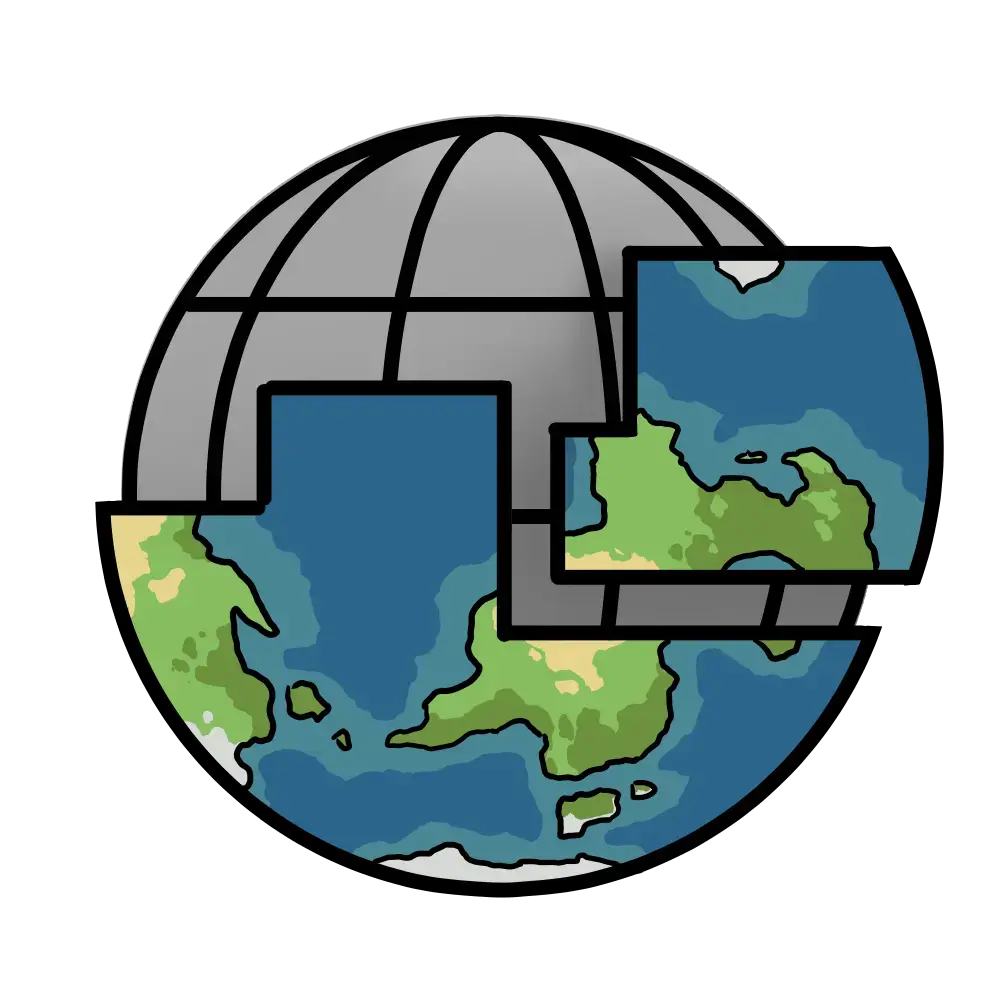In my world of Drio the Khentet-Sah are a group of nomads living in the Savannas and mountains of Khentet-Sah. They travel by horse, zeebra and elephant and eat wild tubers, antelope, deer, and grasses found in their homelands. They do some trade with outside groups as well. They live in extremely well designed tents that keep out the wind, heat, and cold of these hostile places. A tribe of 100 people will tend to stay in one area for no longer that 6 months.

I have “hekyaks”, goat people who are raiders and worship a blood goddess
Cool. By goat people do you mean they sustain themselves off goats or they ride on goats?

Neither, they are a species of sentient humanoids with fur, hooves, and horns, with the face of a goat. They were originally created by the fire god but many of them worship the blood god now since the fire god got locked up.
Oh. That’s awesome! Do they have a name?

Hekyaks
Fun to say

Yeah they were actually the only species that I named BEFORE designing them.
I’ve never done that…

I think they might be goat people as in looking like goats.

My D&D World Dalgar:
I’ve got a continent with an Asian setting. There is a Chinese-like empire as the main people on the east coast, a Thai/Vietnam-like people on the west coast, and Tibet-like Mountain People in the Western Mountains.
But there is also a nomadic Horde with a Khan leading them. Actually a mixed breed between the Mongols and the Esteros nomads from GoT. They live in the wast steppe between the Western Mountains. They live there mostly in peace, but when their population outgrows the grazing grounds, they start to get restless and decide to wage war on their neighbors. They primarily fight the “Chinese”, as they are the ones that extend their realm into the steppe. The Empire keeps them at bay by sheer military power (they have not built a wall, though).
West of the Steppe are the Western Mountains. The Mountain people have an elite troop of monks which the Horde can’t really fight, as their horses are no good in the mountains.
Apart from the great rally and attacking the Empire, the nomads regularly plunder the West Coast People, usually right after harvest. But the west coast people have started to build a wall between the sea and the mountains at the south end of their domain, a move that greatly confused the nomads.

I have Vidiars, a dwindling civilization living inside a barren hellscape battered by small and not so small meteorites. Their tribal cities move from crater to crater to collect underground ressources brought up by the impact.
Frequent dust storms and meteor showers preclude any long term settlement, and as the water sources are mostly underground, access may change after big impacts, forcing or enticing them to move somewhere else.
The impossibility to sustain industry has limited their technological accomplishments, but they still have great access to minerals and metals, and have low scale but high quality workmanship.
Their distinctive cultural artefact is the (often heirloom) reinforced mechanical suits that help them survive the unforgiving environment, a piece of gear as complex and minute as clockwork but still made to last.
That’s awesome! Have the meteorites always fallen or is that a new thing (haha)? What caused what I presume is the slow apocalypse?

They live on a megastructure ruin drifting in space (on the only part of it that still has life support active for its biomes). Their orbital path is littered by debris from the megastructure falling back on it regularly, mostly on the unshielded part that the Vidiars live in.
Since the megastructure has been broken for a very long time, to them the meteorites are a natural part of life, deeply rooted in their culture just like the weather or astronomy is.
They have been declining for a few different reasons, chief among them the encroachment of other cultures from protected areas that were easier to survive in. Those had considerably less ground ressources available and are now hit full blast by scarcity. As a result they are forced to go get these resources elsewhere.
Given that they also have industrial bases in their homelands, it’s no fair match and the Vidiars are continually pushed back towards more dangerous areas.

